
Lily Pad Roots A Unique and Essential Component of Wetland Habitats
The rigid vascular architecture lets the plant spend less energy maintaining its size than other water lilies do; it provides, in the lead author's words, "high strength at low cost."

Water Lily root system Kensington Metro Park, MI Flickr
Lily pad roots do not grow straight up towards the water's surface, towards the lily pard itself. They are instead twisting and meandering through the water. As the roots extend from the rhizomes below, they navigate the aquatic environment, entwining with one another and creating a complex network. That way, one water lily can grow roots.
The Roots of a Giant Water Lily (Victoria amazonica) 1600 X 1200 [OS
The depth to which lily pad roots extend can vary, and not only on the depth of the pond they grow in, That's because.

Lily Pad Roots A Unique and Essential Component of Wetland Habitats
The only sure way to kill lily pads is to break their roots enough to drown them. When the Lily Pad Ripper is pulled along the bottom of your lake it digs deep into the bottom and literally rips open and tears through the rhizome root system. The Lily Pad Ripper can be pulled by boat or from land using an ATV or Tractor.

"Algae Covered Lily Pads" by Stocksy Contributor "Adam Nixon" Stocksy
Photo caption: Margaret Sisk harvests lily pad root, or yonka pins, in the Osage Nation Campus ponds in Pawhuska on Nov. 4. She plans to make the harvest a yearly activity and encourages other Osages to join her. CODY HAMMER/Osage News
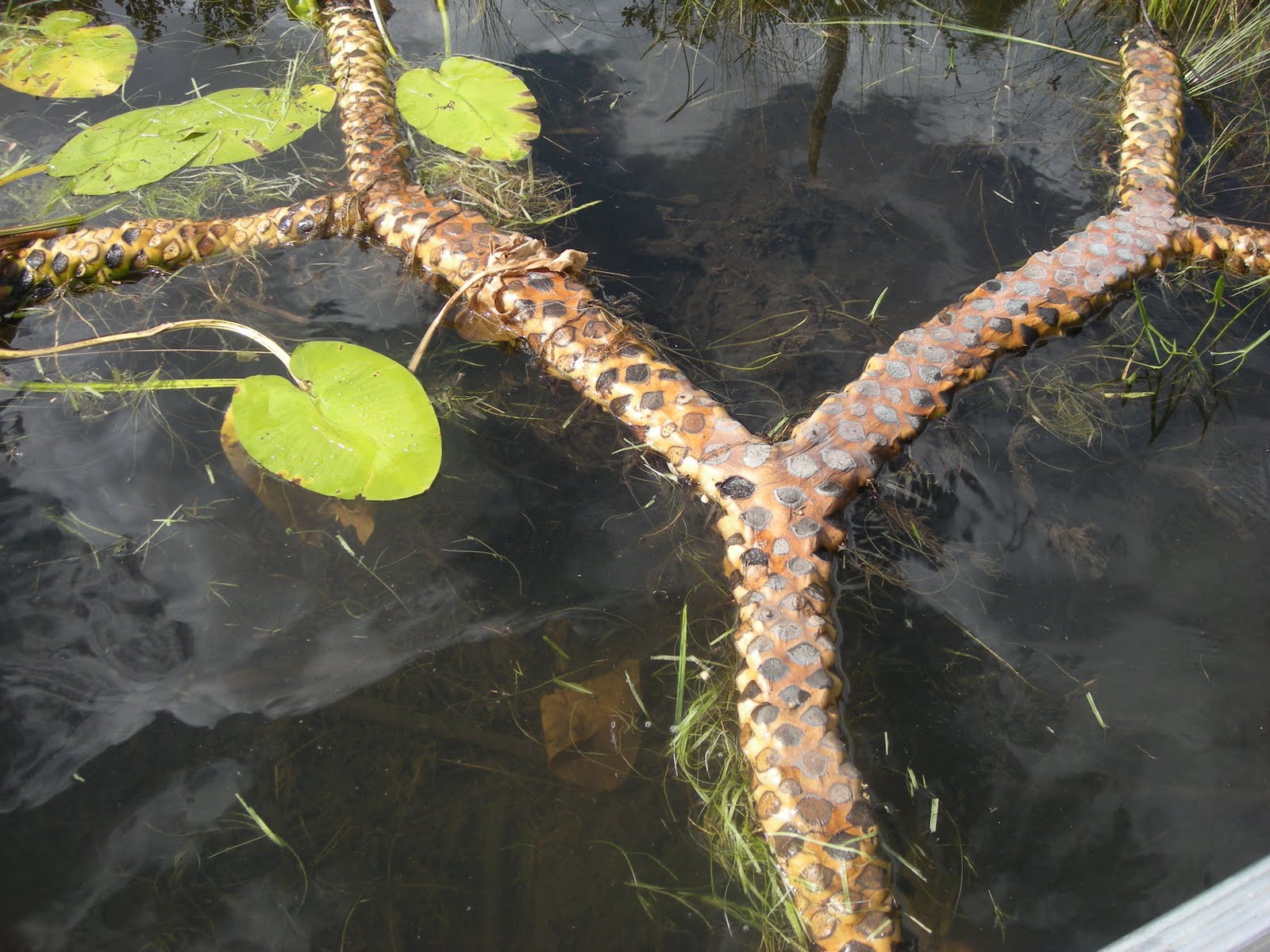
Things you may not have seen before......... Vermillion Bay Lodge
Together these things gave rise to it's common name of the "Chinese Money Plant". Each of its lily pad like leaves float on dainty looking stems that will bob around independently in a gentle breeze. Towards the upper part of every leaf will be a white, or lighter shade of green, dot where the stem meets the leaf and holds it in place..
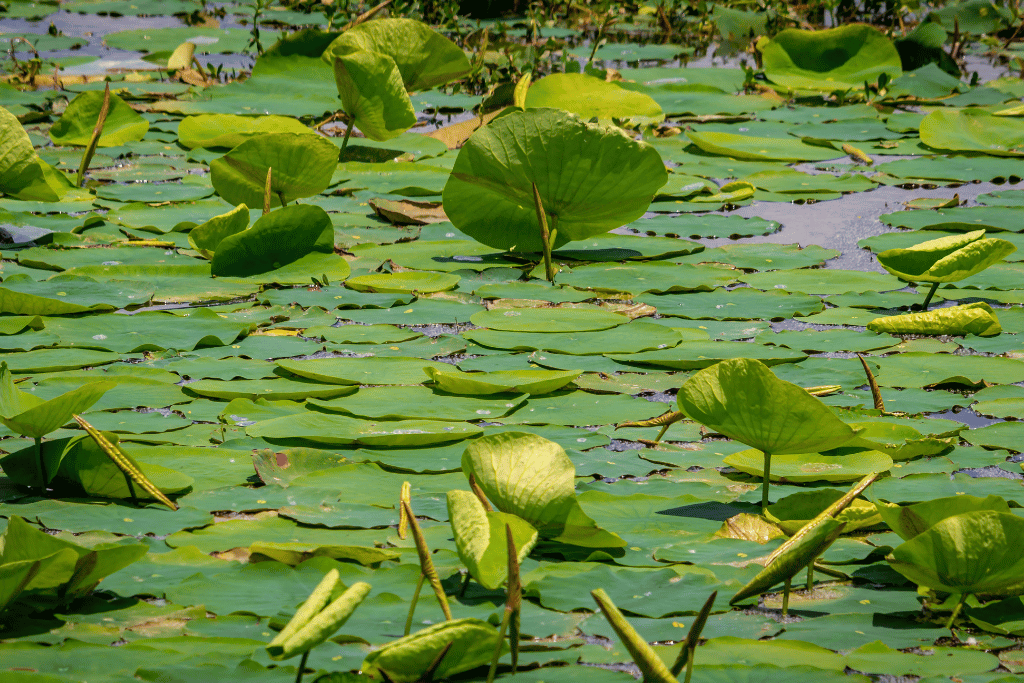
Lily Pad Roots A Unique and Essential Component of Wetland Habitats
The underside of a lily pad looks vastly different than the top. A system of stems and tubes run underneath the lily pad. These tubes, which are connected to openings called stomas in the top of the leaves, help the pad float and collect oxygen through the stoma. This oxygen is transferred to the water lily's stem and down to the plant's roots.
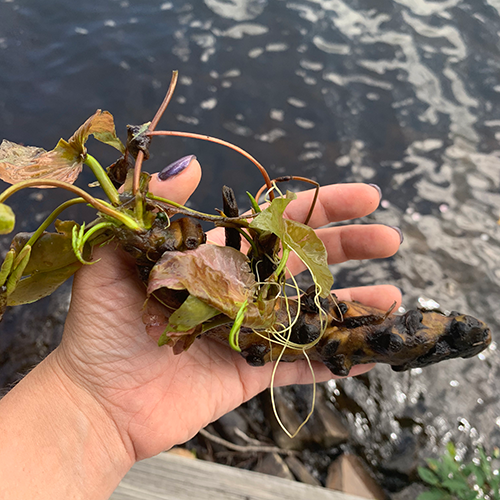
[最も欲しかった] what do lily pad roots look like 326010What does a lily pad
Flowering Barclaya longifolia specimen, Thailand Flower of Victoria cruziana, Santa Cruz water lily Flowering Euryale ferox specimen cultivated in the Botanischer Garten Berlin-Dahlem, Germany Flowering and fruiting Nuphar variegata specimen. Nymphaeaceae (/ ˌ n ɪ m f iː ˈ eɪ s iː /) is a family of flowering plants, commonly called water lilies.They live as rhizomatous aquatic herbs in.

POND PLANTS WATER LILIES 5 LARGE AQUATIC GARDEN POND LILYS BIGGEST ON
The giant Amazonian water lily has long fascinated scientists, architects, and artists for its beauty and sheer size. Yet how the lily's leaves are able to grow as large as 10 feet across.
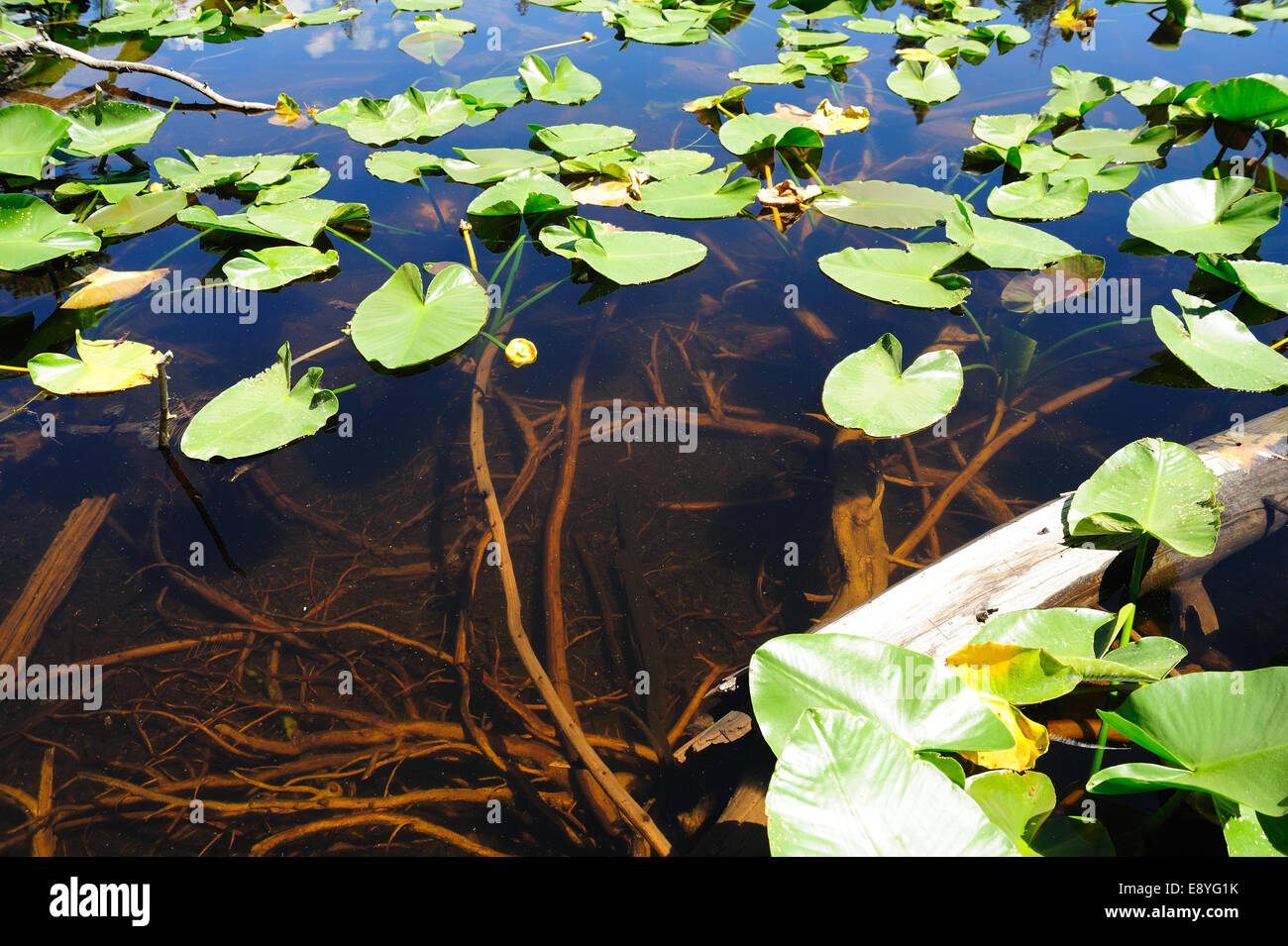
[最も欲しかった] what do lily pad roots look like 326010What does a lily pad
Growing lily pads has numerous benefits, such as providing shade for fish, maintaining water temperature and creating a visually appealing water feature. Factors that affect lily pad growth include sunlight, water ph, fertilizer, and temperature. To grow lily pads, plant them in pots and place them in shallow water.
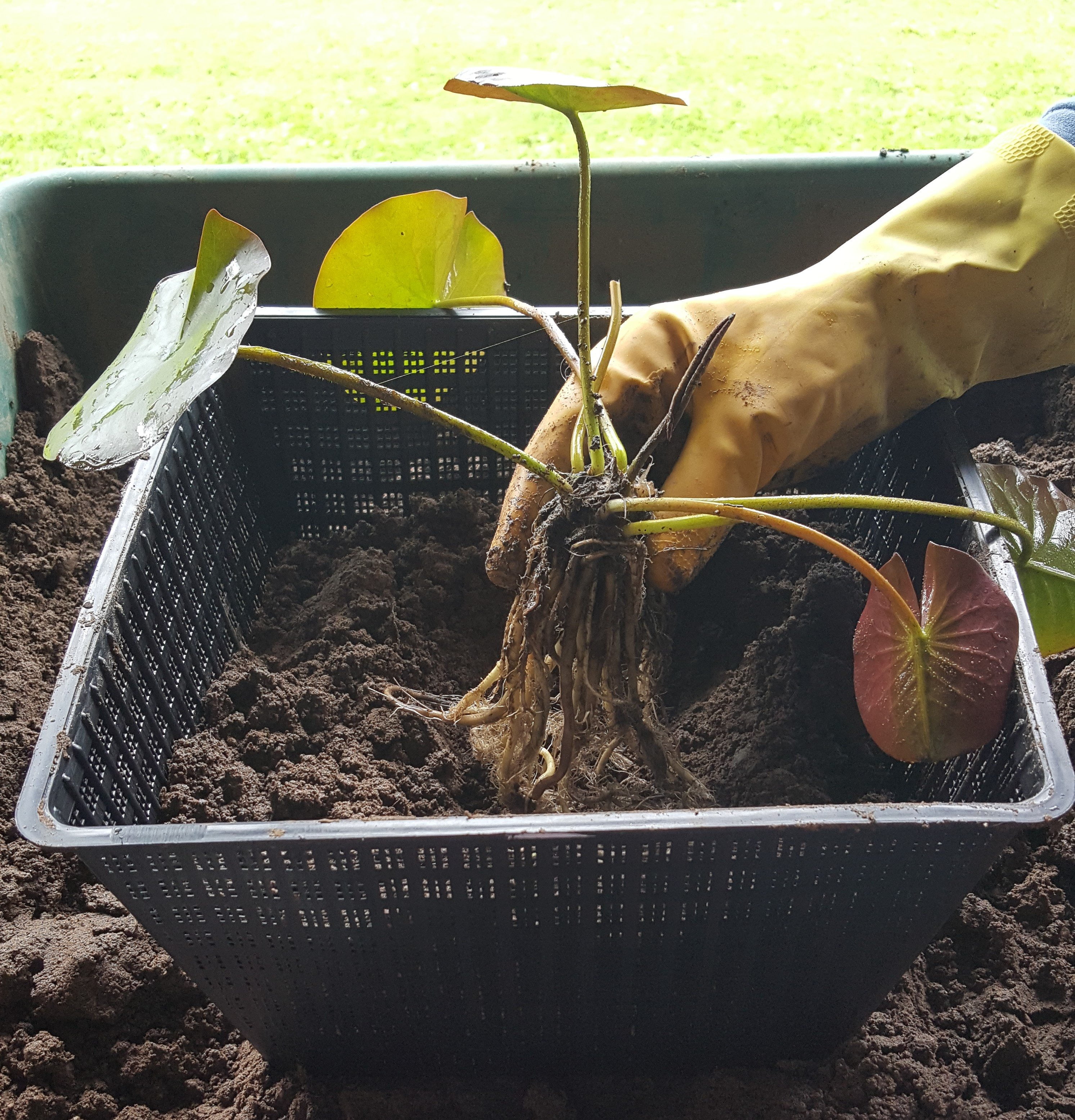
[最も欲しかった] what do lily pad roots look like 326010What does a lily pad
Baked pond lily root is made by half filling a medium-sized baking dish with the processed slices. Add a large double pat of butter. Sprinkle with 1/2 teaspoon salt and add 3/4 cup of water in.

Lily Pad Roots shot handheld with a camera thro… Flickr
How to Propagate Aeonium 'Lily Pad' From Offsets. Lily Pad propagates from offsets. To be able to propagate from the mother plant, you might wait several years for the main plant to produce an offset. To start this process, use a sharp knife and remove an offset from the main plant. When you remove the offset, clean the extra soil from it.

Transplanting Lily Pads
Lily pads, which can be produced by a variety of plant species, such as dollarweed (Hydrocotyle), dichondra (Dichondra argentea) and water lilies (Nymphaea spp.). However, all can become problematic when they choke out other vegetation and wildlife in a pond.

Photo Journal
Depth of lily pad roots - It can be as deep as 6 feet where the lily pads can invade; it is called a blanket area of lily pads in the water. A single rhizome can easily reproduce and grow similarly in an area of 15 feet in diameter in just 15 years.
overview for c00c00
http://www.LilyPadRipper.com 763-551-1441 how to control lily pads in a lake or pond by the root
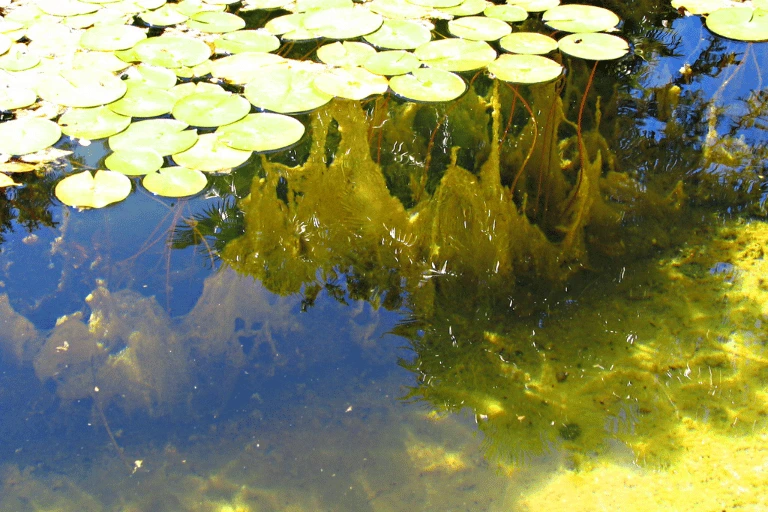
How Deep are Lily Pad Roots? Everything you Need to Know
Waterfowl can also spread the plant between water bodies. The best prevention is to keep the size of the lily pad growth small and manageable. Biological Control. Beneficial Bacteria products and enzymes such as PZ-900 feed on nutrients in the water making them unavailable for plant growth. Reducing nutrients can help prevent invasion.